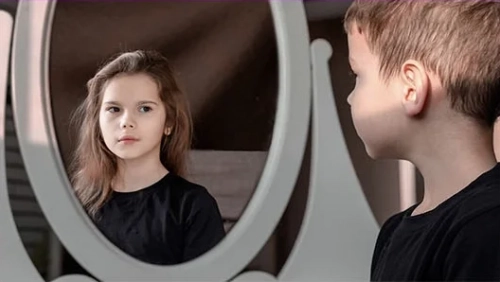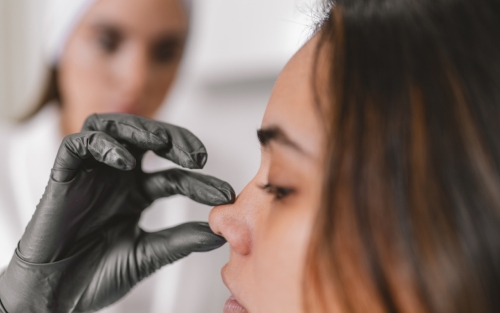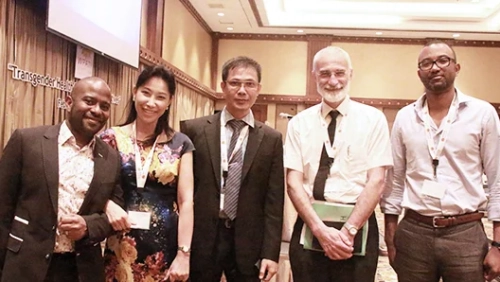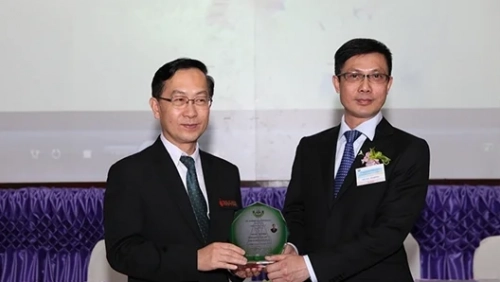Plastic Surgery by Trusted Aesthetic Surgeons in Bangkok, Thailand
Kamol Cosmetic Hospital
Cosmetic, Gender Affirming and Life-Changing Surgery
Welcome to the Kamol Cosmetic Hospital. As one of the world's leading cosmetic surgery hospitals, our commitment to our patients is second to none. Dr. Kamol Pansritum and his team of extremely talented of surgeons, doctors, and nurses are dedicated to providing the absolute finest in patient care and changing life for the better. By utilizing the most modern techniques, state of the art hospital, beautiful and comfortable recovery accommodation, the entire staff of the Kamol Cosmetic Hospital is dedicated to and making dreams a reality.
Excellence in Aesthetic and Gender Confirmation Surgery
Kamol Cosmetic Hospital is one of the world’s leading centers for aesthetic and gender affirming surgery. We never stop learning, improving, and creating new techniques for cosmetic surgery and gender reassignment. Our mission statement is clear: The Kamol Cosmetic Hospital, dedicated to providing the absolute best in cosmetic and gender affirming care. Compassion, expertise, innovation, and inclusion, where dreams become reality.
Your Dream Transformation, Realised
The decision to undergo plastic surgery is a deeply personal one, often fuelled by a desire for self-improvement and a boost in confidence. But it's also a decision that shouldn't be taken lightly. Choosing the right surgeon and facility is paramount, and concerns about safety, expertise, and cost can weigh heavily on your mind. At Kamol Cosmetic Hospital, we understand these concerns and strive to provide a safe, compassionate, and transformative experience for every patient. Our team of world-class plastic surgeons, state-of-the-art facilities, and unwavering commitment to excellence set us apart as a leading destination for aesthetic surgery in Bangkok, Thailand.
Why Choose Kamol Cosmetic Hospital for Your Aesthetic Enhancement Needs?
With over 30 years of experience and a track record of thousands of successful procedures, we've honed our skills and techniques to deliver exceptional results. Our team comprises board-certified plastic surgeons with extensive training and expertise in a wide range of aesthetic procedures. Our cosmetic hospital is equipped with the latest medical technology and adheres to the highest international safety standards.
We believe in a patient-centric approach, tailoring each treatment plan to your individual needs and aesthetic goals. Our team is dedicated to providing you with comprehensive care and support throughout your journey, from initial consultation to post-operative recovery. We offer competitive pricing for our services, making aesthetic enhancements accessible to a wider range of individuals. Situated in the heart of Bangkok, our hospital is easily accessible and offers a comfortable and welcoming environment.
Plastic Surgery for Women in Bangkok
We offer a wide range of aesthetic surgery procedures designed to enhance the natural beauty and boost the confidence of women:
Breast Augmentation: Achieve fuller, more proportionate breasts with breast implants or fat transfer. Breast Lift: Restore youthful firmness and perkiness to sagging breasts. Liposuction: Sculpt your body and eliminate stubborn fat deposits. Tummy Tuck: Flatten your abdomen and tighten loose skin after pregnancy or weight loss. Facelift: Reduce wrinkles and sagging skin, restoring a more youthful facial appearance. Rhinoplasty: Reshape your nose to achieve improved facial harmony and balance. Eyelid Surgery: Correct drooping eyelids and reduce under-eye bags for a refreshed and rejuvenated look.
Plastic Surgery for Men in Bangkok
We also offer a variety of aesthetic surgery procedures tailored to the needs of men:
Gynecomastia Surgery: Reduce excess breast tissue and achieve a more masculine chest contour. Liposuction: Sculpt your body and eliminate stubborn fat deposits. Tummy Tuck: Flatten your abdomen and tighten loose skin after weight loss. Hair Transplantation: Restore hair growth in areas of thinning or baldness. Facelift: Reduce wrinkles and sagging skin, creating a more youthful and refreshed appearance. Rhinoplasty: Reshape your nose to achieve improved facial harmony and balance. Eyelid Surgery: Correct drooping eyelids and reduce under-eye bags for a more alert and youthful look.
Becoming Your Real Self
Makeover Blog
Hospital Blog
Testimonials
Consultation

Kamol Channel

Successful Stories
There are many stories at Kamol Cosmetic Hospital shared by our clients. They have new lives now.
DetailEmbrace Your Transformation in a Safe and Innovative Environment
Are you ready to embark on your journey towards a more confident and empowered you? To finally look in the mirror and see the person you feel inside looking back at you? Contact Kamol Cosmetic Hospital today to schedule your consultation with one of our expert surgeons. We'll listen to your goals, assess your needs, and develop a personalised treatment plan to help you achieve the best possible outcome. Your dream transformation awaits!
Our Accreditation
Kamol Cosmetic Hospital is accredited by Joint Commission International (JCI), the gold standard in global healthcare. We have been recognized as a leader in aesthetic, cosmetic, and gender affirming care by many of the world’s foremost healthcare monitoring organizations.





























